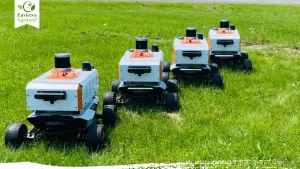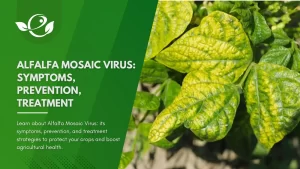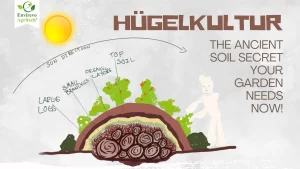Table of Contents
Water is a finite resource crucial for sustaining life and supporting agricultural production. With increasing population growth, urbanization, and climate change, the demand for water is rapidly outpacing its availability. Effective water conservation strategies are necessary to ensure equitable access to clean water for both human consumption and agricultural needs. Failure to conserve water can lead to environmental degradation, habitat loss, and water scarcity, ultimately threatening food security and biodiversity.
The primary objective of this blog is to explore various sustainable water conservation methods specifically tailored for hydroponic farming systems. By examining different techniques and technologies, growers can learn how to optimize water usage, minimize wastage, and enhance overall efficiency in hydroponic cultivation.
Understanding Hydroponics
A. Definition and principles of hydroponic gardening
Hydroponics is a soilless cultivation technique wherein plants are grown in nutrient-rich water solutions, either with or without the use of a growing medium. The principles of hydroponic gardening involve providing plants with essential nutrients, water, and oxygen directly to their root systems, bypassing the need for soil. This allows for precise control over nutrient uptake and optimal plant growth, regardless of environmental conditions.
B. Advantages of hydroponic systems
Hydroponic systems offer several advantages over traditional soil-based agriculture, including higher yields, faster growth rates, and greater resource efficiency. By eliminating soil-borne diseases and pests, hydroponics reduces the need for chemical pesticides and fertilizers, resulting in healthier, more sustainable crops. Additionally, hydroponic cultivation can be practised year-round and in various environments, making it ideal for urban farming and controlled-environment agriculture.
C. Importance of water in hydroponic setups
Water plays a central role in hydroponic systems as the primary medium for delivering nutrients to plant roots. Unlike traditional irrigation methods, which can result in significant water loss through evaporation and runoff, hydroponics conserves water by recirculating nutrient solutions and minimizing wastage. Maintaining proper water quality, pH levels, and nutrient concentrations is essential for sustaining healthy plant growth and maximizing water efficiency in hydroponic setups.
Challenges in Water Conservation in Hydroponics
A. Water usage in traditional hydroponic systems
While hydroponic systems are inherently more water-efficient than soil-based agriculture, certain practices and designs may still lead to water wastage. For example, inefficient irrigation methods or poorly designed systems can result in excess runoff or evaporation, diminishing overall water conservation efforts. Addressing these challenges requires careful planning, monitoring, and optimization of hydroponic systems to minimize water usage while maximizing crop productivity.
B. Environmental impact of excessive water use
Excessive water consumption in hydroponics can have adverse environmental consequences, such as nutrient pollution, soil erosion, and habitat destruction. Nutrient-rich runoff from hydroponic operations can contaminate water bodies, leading to algal blooms, oxygen depletion, and harm to aquatic ecosystems. To mitigate these impacts, growers must implement sustainable water management practices, including proper nutrient recycling, filtration, and wastewater treatment.
C. Economic implications of water waste in hydroponics
In addition to environmental concerns, water wastage in hydroponics can have significant economic ramifications for growers. High water usage translates to increased utility costs, particularly in regions where water is scarce or expensive. By optimizing water efficiency and minimizing wastage, growers can reduce operating expenses, improve profitability, and enhance the long-term sustainability of their hydroponic operations.
Sustainable Water Conservation Methods in Hydroponics
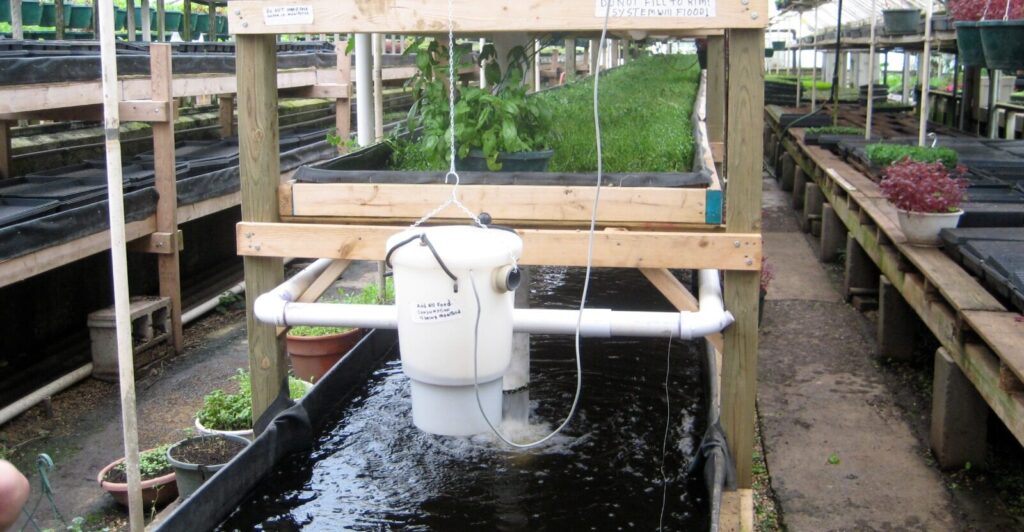
A. Selection of appropriate hydroponic systems
- Comparison of different hydroponic setups: Various hydroponic systems, such as Deep Water Culture (DWC), Nutrient Film Technique (NFT), and drip systems, offer unique advantages in terms of water conservation and nutrient management. Evaluating the pros and cons of each system allows growers to choose the most suitable option based on factors like crop type, space availability, and water efficiency.
- Assessment of water usage efficiency: Conducting thorough assessments of water usage efficiency in different hydroponic systems helps growers identify opportunities for optimization and improvement. By monitoring water consumption, nutrient uptake, and crop performance, growers can fine-tune their systems to maximize water conservation while maintaining optimal yields.
B. Optimization of nutrient solution management
- Proper pH and nutrient balance: Maintaining the correct pH levels and nutrient balance in hydroponic solutions is essential for promoting healthy plant growth and minimizing water waste. Regular monitoring and adjustment of nutrient concentrations ensure that plants receive adequate nutrition while preventing nutrient imbalances that can lead to inefficiencies and crop losses.
- Recycling and reusing nutrient solutions: Rather than discarding nutrient solutions after each use, growers can implement recycling and reuse practices to minimize water and nutrient wastage. Technologies such as nutrient film recycling systems and multi-stage filtration allow growers to reclaim and recondition nutrient solutions, reducing overall resource consumption and operational costs.
C. Implementing water-saving techniques
- Use of water-efficient irrigation methods: Switching to water-efficient irrigation methods, such as drip irrigation and sub-irrigation, can significantly reduce water consumption while ensuring precise nutrient delivery to plant roots. By directly targeting the root zone and minimizing surface evaporation, these methods optimize water usage and promote healthier root development.
- Incorporation of water-absorbing materials: Adding water-absorbing materials like hydrogels to growing media or nutrient solutions can enhance water retention and reduce irrigation frequency. Hydrogels absorb and release water as needed, maintaining optimal moisture levels in the root zone and minimizing water loss through evaporation. Integrating these materials into hydroponic systems improves water efficiency and resilience to drought conditions.
D. Integration of technology for water monitoring and management
- IoT-based sensors: Installing IoT-based sensors allows growers to monitor water levels, nutrient concentrations, and environmental conditions in real-time. By collecting data on water usage patterns and plant responses, growers can make informed decisions regarding irrigation scheduling, nutrient dosing, and system optimization. IoT technology enables precise control and automation of hydroponic operations, maximizing efficiency and resource conservation.
- Automation of irrigation systems: Automated irrigation systems use sensors and controllers to regulate water delivery based on predetermined parameters and plant requirements. By automating irrigation schedules and adjusting water flow rates as needed, growers can minimize water waste, prevent overwatering, and maintain optimal growing conditions. Automated systems also reduce labor requirements and ensure consistent crop performance, leading to higher yields and profitability.
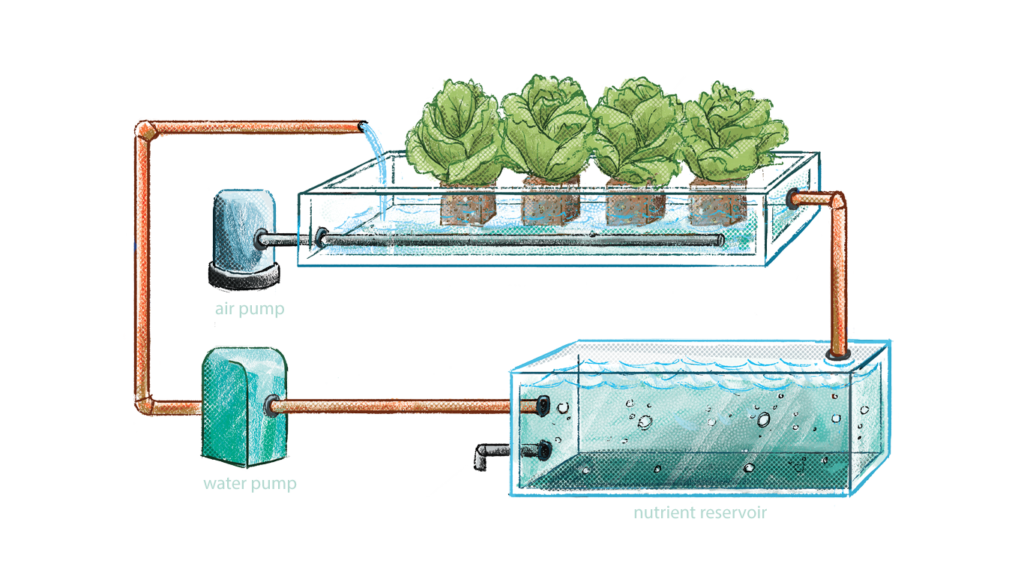
Practical Tips for Implementing Water Conservation in Hydroponics
A. Steps for beginners to adopt sustainable practices
- Step 1: Start with a small-scale hydroponic setup to gain hands-on experience and familiarity with basic principles.
- Step 2: Research and select appropriate hydroponic systems and crops based on space availability, budget, and water efficiency considerations.
- Step 3: Invest in quality equipment, such as pH meters, nutrient solutions, and irrigation systems, to ensure accurate monitoring and control of water and nutrient parameters.
B. Guidance on maintenance and monitoring of water usage
- Maintenance Tips: Regularly inspect and clean hydroponic systems to prevent clogs, algae growth, and nutrient imbalances that can affect water quality and plant health.
- Monitoring Techniques: Implement a systematic monitoring routine using IoT sensors, data loggers, or manual measurements to track water levels, nutrient concentrations, and environmental conditions.
C. Troubleshooting common water-related issues in hydroponics
- Issue 1: Algae buildup in nutrient solutions or growing media leading to nutrient imbalances and reduced water quality.
- Issue 2: pH fluctuations causing nutrient lockout or deficiencies in plant uptake, resulting in stunted growth or nutrient burn.
- Issue 3: Waterborne pathogens or root diseases affecting plant health and productivity, necessitating sanitation protocols and preventive measures.
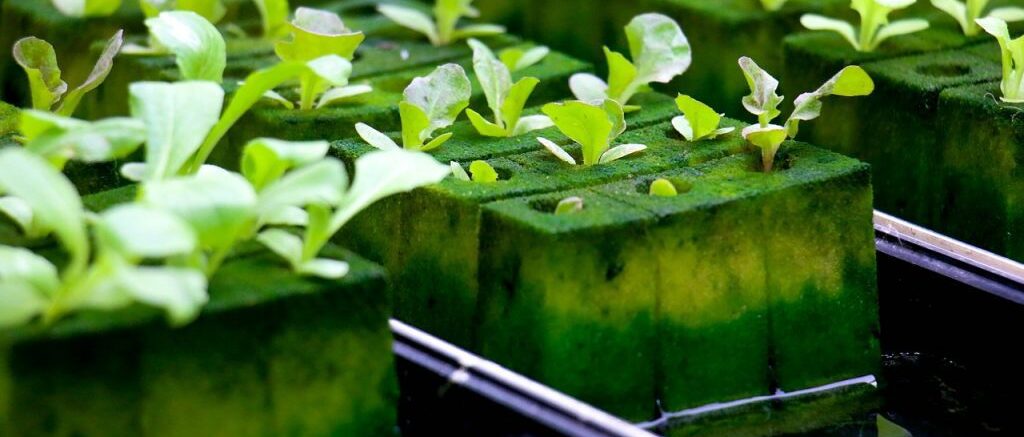
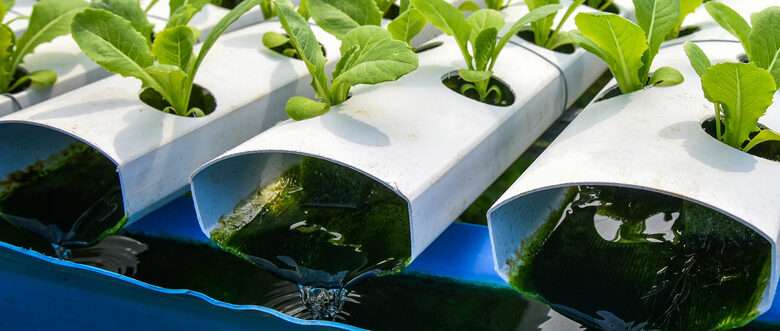
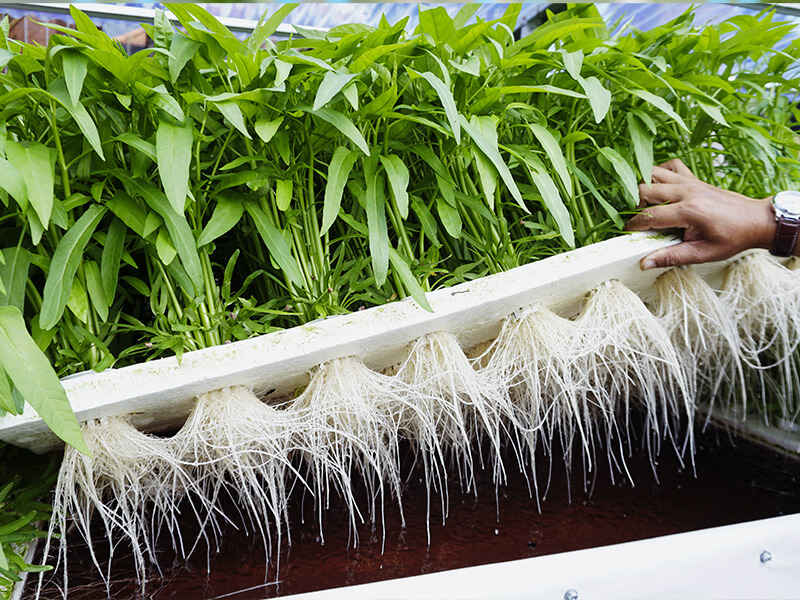
Future Prospects and Innovations
A. Emerging trends in hydroponic technology for water conservation
- Trend 1: Development of advanced irrigation systems with precision dosing capabilities and remote monitoring functionalities for optimal water usage and nutrient delivery.
- Trend 2: Integration of renewable energy sources, such as solar or wind power, to power hydroponic operations and reduce reliance on grid electricity and fossil fuels.
- Trend 3: Exploration of alternative water sources, such as rainwater harvesting, greywater recycling, and desalination, to supplement freshwater supplies and mitigate water scarcity challenges.
B. Research developments in nutrient and water management
- Research Focus 1: Investigation of novel nutrient formulations and delivery methods to enhance nutrient uptake efficiency and minimize wastage in hydroponic systems.
- Research Focus 2: Study of plant-microbe interactions and symbiotic relationships to develop bio-based solutions for nutrient cycling, soil health improvement, and water conservation.
- Research Focus 3: Application of artificial intelligence (AI) and machine learning algorithms to analyze big data sets and optimize hydroponic operations for maximum water efficiency and crop performance.
C. Potential impact of hydroponics on global water sustainability goals
- Impact Assessment: Evaluation of the contributions of hydroponic farming to achieving global water sustainability targets, such as the United Nations Sustainable Development Goals (SDGs).
- Policy Implications: Consideration of policy interventions and incentives to promote the adoption of hydroponic systems and water-saving technologies at the local, national, and international levels.
- Collaborative Efforts: Collaboration among governments, research institutions, industry stakeholders, and civil society organizations to foster innovation, knowledge sharing, and capacity building in sustainable water management and hydroponic agriculture.
Conclusion
In conclusion, sustainable water conservation methods are crucial for the continued growth and resilience of hydroponic farming in the face of mounting water scarcity challenges. By adopting innovative technologies, implementing best practices, and fostering collaboration across sectors, growers can optimize water usage, minimize environmental impact, and contribute to global water sustainability goals. As stewards of the land and guardians of water resources, it is our collective responsibility to embrace and champion sustainable practices in hydroponic agriculture for the benefit of present and future generations.


